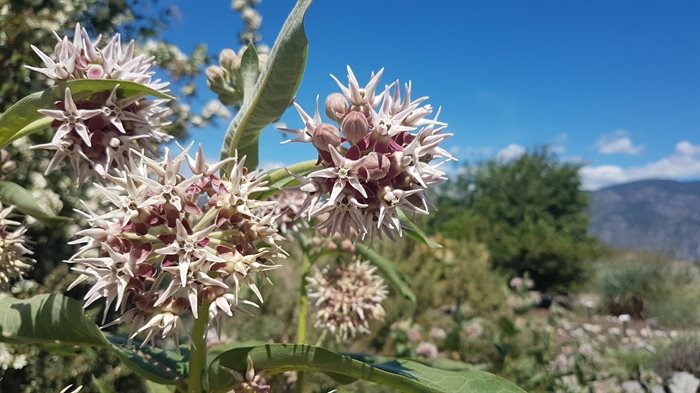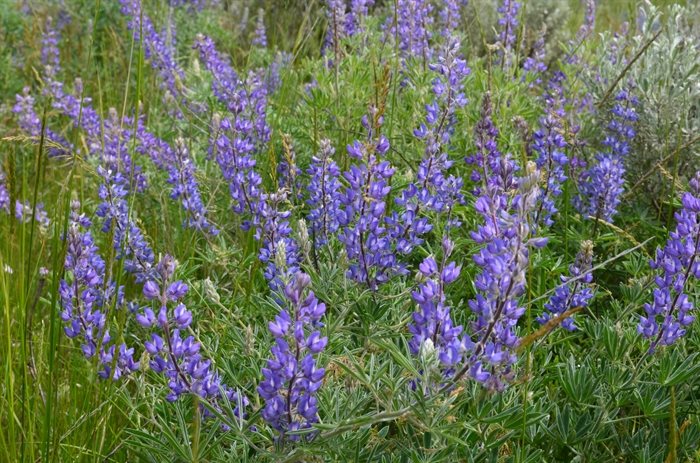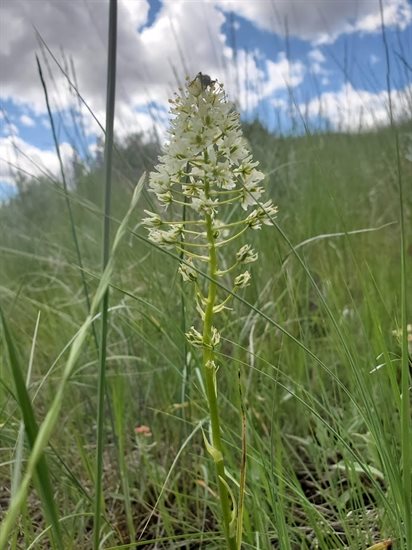Those pretty buttercups blooming in Okanagan, Kamloops can make you sick

It’s a sure sign of spring in the Thompson-Okanagan region when the yellow sagebrush buttercups blossom, but their potential toxicity should not to be taken lightly.
It’s one of many varieties of buttercups and other plants native to the region that can be toxic and even fatal to some species.
“Sagebrush buttercup is known to be poisonous and Okanagan children were warned not to touch it or pick it,” states Parish Coupe Lloyd in his definitive book Plants of Southern Interior British Columbia. “The Nlaka’pmx used it as a poison on their arrowheads.”
READ MORE:Forget Wiarton Willie, the sagebrush buttercup is real sign of spring in Okanagan
Buttercups are one of the most diverse plants in the region, grow in a wide variety of areas and are not always yellow. They all contain alkaloid compounds that are poisonous to grazing cattle and can harm humans.
One member of the family, called the Upland Larkspur, has flowers ranging in colour from white to purple while the Tall Larkspur, also known as the Tall Delphinium, have deep purple flowers that are highly toxic to cattle.
“The berries, foliage and roots (of the baneberry variety of buttercup) are all highly poisonous,” Coupe Lloyd wrote. “As few as two berries can induce vomiting, bloody diarrhea and finally cardiac arrest or respiratory system paralysis.”
Another plant to watch out for is showy milkweed.
“The milkweed is part of the dogbane family,” Josh Smith, general manager of West Kelowna’s Zen Nursery, told iNFOnews.ca. “That has its name for a good reason and takes out a lot of dogs.”
His nursery sells 120 plants native to the Okanagan but he doesn’t claim to be an expert on all native toxic plants.
“I believe, in the dogbane family, they concentrate cymarin in the leaves,” Smith said. “It’s helpful to bring it back to evolutionary mechanisms. It’s a method for lots of these plants is to discourage things not happening that are beneficial to the plant. They will concentrate a toxic compound in a specific part they don’t want eaten.”
He used the chokecherry with its toxic pits as an example.
“They’ve evolved just for animals to eat the berries, not digest the seed, then poop out the seed in fertilizer,” Smith said. “It’s an evolutionary adaptation to have the pits be toxic because then, things that can kill the pit, won’t eat it.”
The best way to defend dogs against the milkweed is to be aware of what it is and where it grows.
“Milkweed is a pretty opportunistic plant so it is basically a ditch weed,” Smith said. “It’s mostly going to be in recently disturbed areas, sandy and gravelly ditches and roadways.”
If he has customers wanting to buy the milkweed to do some restoration work, he'll check on whether they have young children who like to pick and eat plants or dogs who like to nibble on them. If so, he'll steer them towards other, safer, plants.
The Okanagan Similkameen Stewardship Society recently posted a warning on the Okanagan Natural History News Facebook page about a number of toxic flowers in the region.
Along with the buttercup and the showy milkweed, they included lupine, common snowberry and death camas.
“Although it's unpleasant for us, being toxic is very beneficial for most plants as it makes them much less palatable to herbivores like deer or rabbits and helps the plant avoid being grazed and eaten,” Valerie Blow, stewardship officer with the society, posted.
The death camas’ name alone speaks for itself, she added.
“The bulb and leaves contain an alkaloid, zigadenine, that is poisonous to humans and grazing animals,” Coupe Lloyd wrote. “Symptoms include vomiting, lowered body temperature, difficult breathing and, finally, coma. The Interior native peoples recognized the poisonous nature of the death camases and were extremely cautious not to confuse them with nodding onion which, in some places, grows in the same locations.”
There are other plants native to the region that have toxins, like poison ivy and poison hemlock.
Smith pointed to Plants of Southern Interior British Columbia as the best source of information but also suggested Food Plants of Interior First Peoples by Nancy Turner for information on the medicinal properties of plants that grow naturally in the region.
To contact a reporter for this story, email Rob Munro or call 250-808-0143 or email the editor. You can also submit photos, videos or news tips to the newsroom and be entered to win a monthly prize draw.
We welcome your comments and opinions on our stories but play nice. We won't censor or delete comments unless they contain off-topic statements or links, unnecessary vulgarity, false facts, spam or obviously fake profiles. If you have any concerns about what you see in comments, email the editor in the link above.






